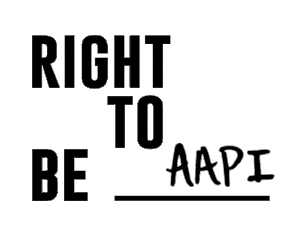
Tell the person harassing you exactly what you want them to do and why. Look them in the eye and denounce their behavior with a strong, clear voice. Many people prefer to name the behavior. For example, you can say, “Do not [whatever they’re doing]; that’s harassment.” You can also simply say “that is not okay” or “don’t speak to me like that.” Say what feels natural to you. The key to setting your boundary is not so much the words you say–it’s how you say them. Our tips are: Don’t be apologetic in your response–because you don’t need to apologize to anyone for existing in public space–and don’t engage with them after you set the boundary.
Oftentimes, people who harass may try to argue with you or dismiss you by trying to have further conversation or by making fun of you. It may feel tempting to get into a verbal back-and-forth with them, but we don’t recommend it. Here’s why: giving them any more attention may further feed their abusive behavior and cause the situation to escalate. Once you’ve said your piece, don’t give them any more of your precious time or energy.

Tell bystanders what’s going on and what they can do to help. Not all bystanders have been trained to respond, but typically people do understand that harassment is not okay, and do want to help you. What can you do to engage their instinct to help? One way is to loudly announce to people around you what the person harassing you just said or did, and identify them. For example, you might shout: “That man in the red shirt is following me. I need help!” Then tell people what you want them to do: for instance, “Can you wait here with me? Can you walk me to the corner? Can you call that security guard over to help me?”
Remember that it’s okay to ask for help. It doesn’t mean you’re weak or can’t take care of yourself. In fact, it actually means you’re strong enough to recognize when someone is crossing your boundaries. You’re powerful for acknowledging that public harassment isn’t okay, and that it hurts.

If you feel safe, consider taking a picture or video of your experience. You could ask a bystander to do this for you, too. Your documentation might include the person harassing you, their license plate if they have one, or the scene. Some people use photos or videos to report an incident. Others use it to share their story on social media or anonymously on righttobe.org.
Whether they use the documentation or not, many people find it empowering to switch the lens from themselves onto the person harassing them. Being harassed in public can make us feel like we’re being scrutinized with a microscope. So turning that attention onto the inappropriate behavior of the other person can often feel hugely transformative. That said, it doesn’t always feel that way for everyone, so check in with yourself and do only what feels right for you.









